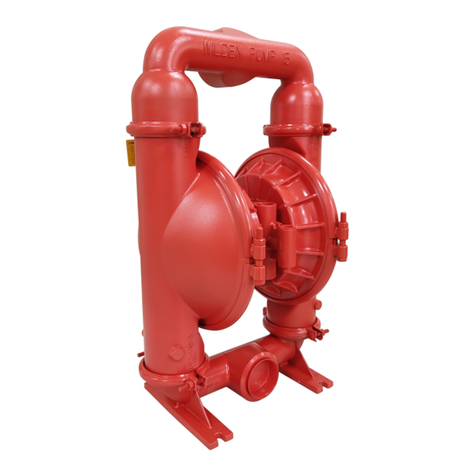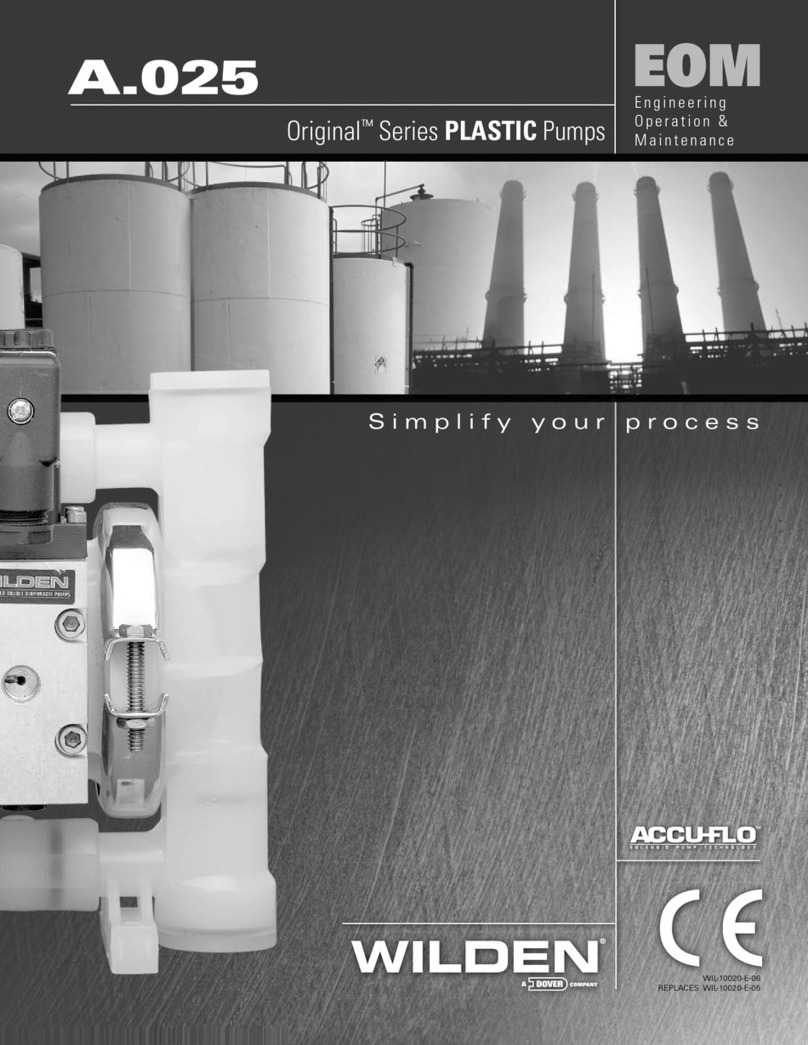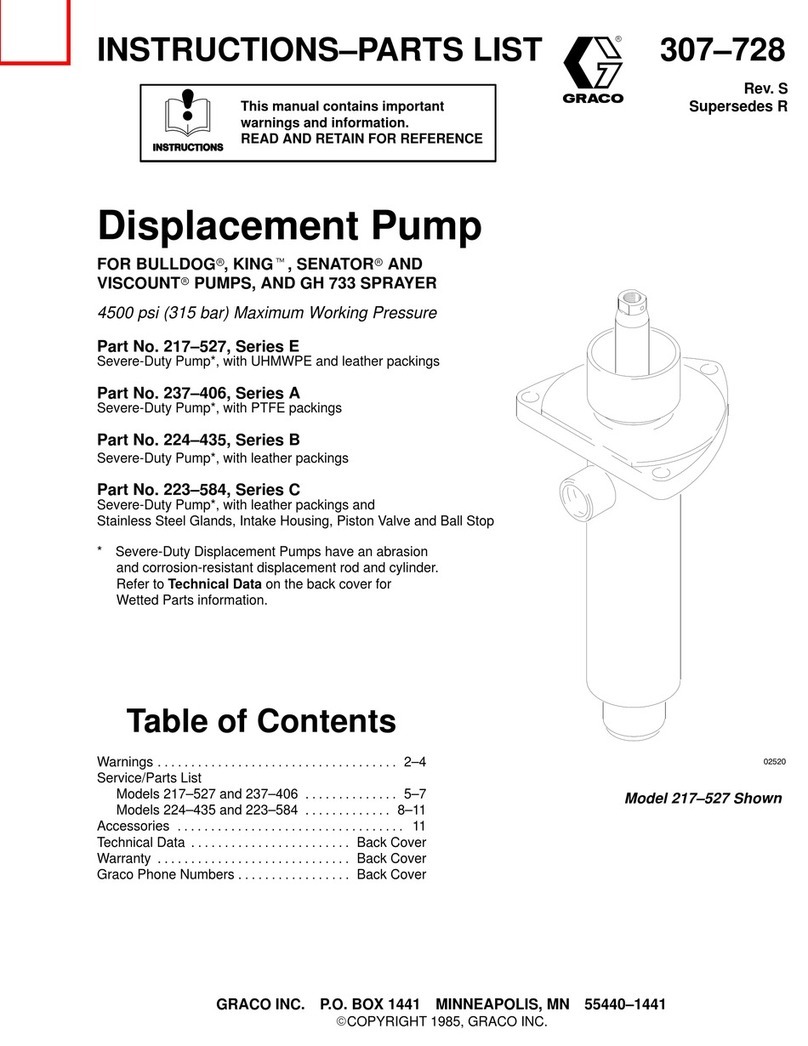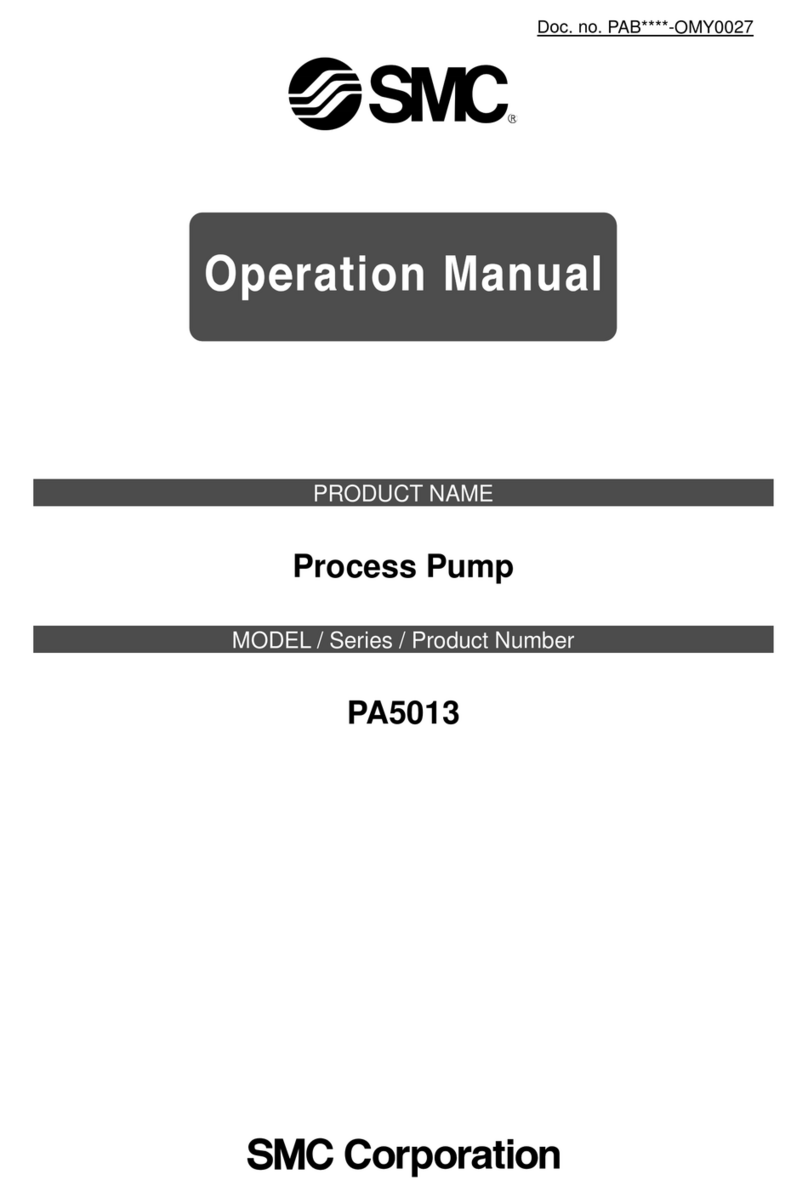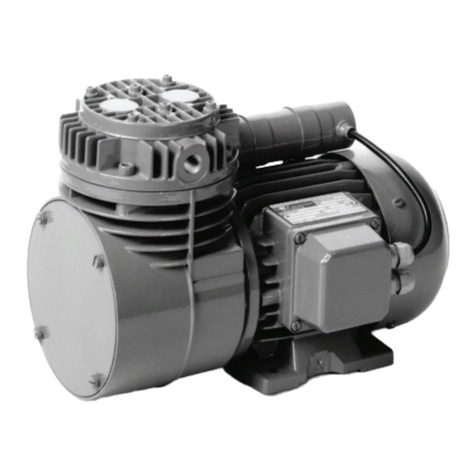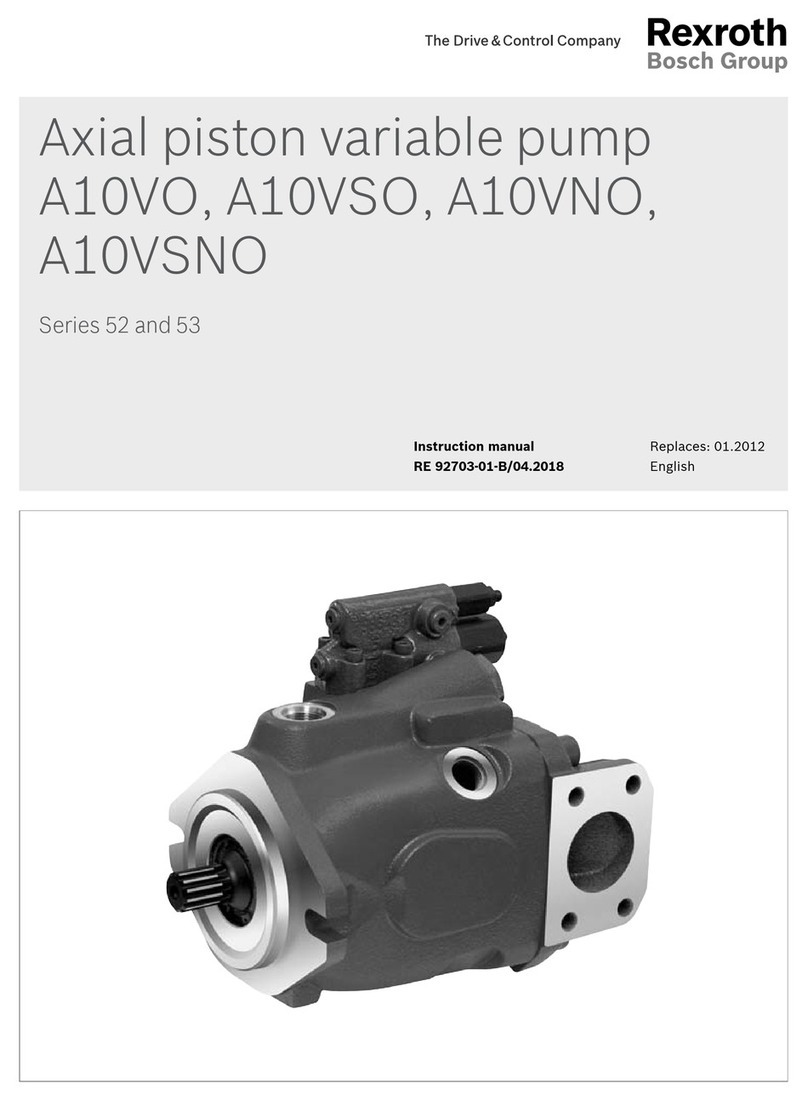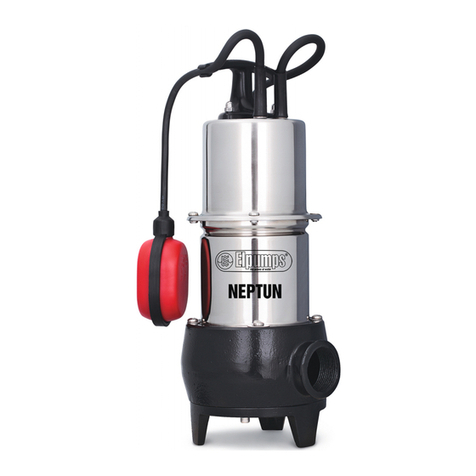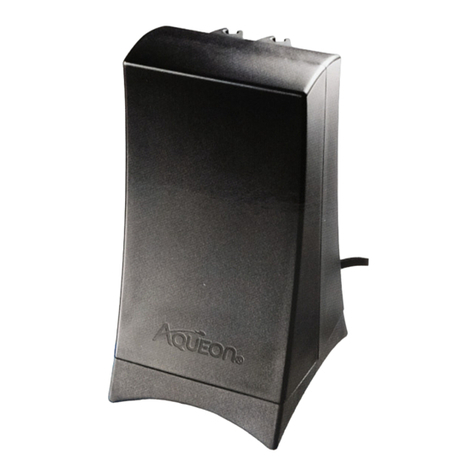Wilden Advanced Series Instruction Manual











Other manuals for Advanced Series
1
This manual suits for next models
1
Table of contents
Other Wilden Water Pump manuals

Wilden
Wilden Original Series Troubleshooting guide

Wilden
Wilden A2 Original Plastic Series User manual
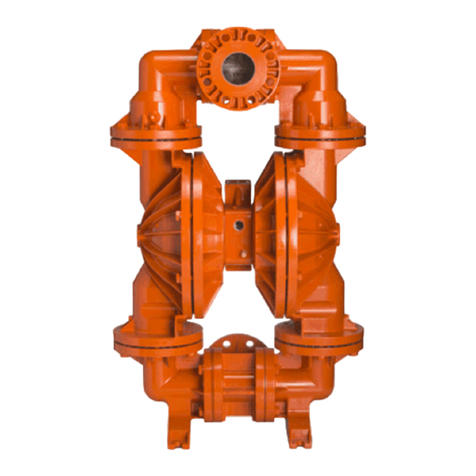
Wilden
Wilden Advanced Series Instruction Manual

Wilden
Wilden P25 Advanced Plastic Series Instruction Manual
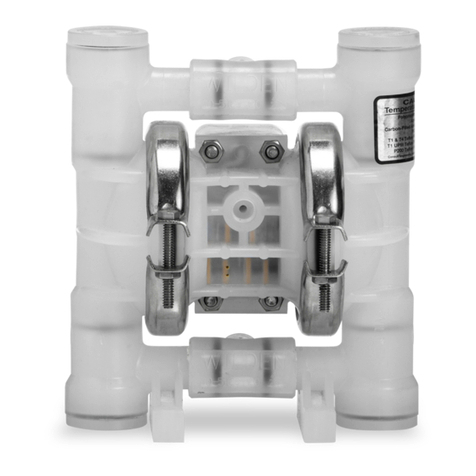
Wilden
Wilden Original Series Troubleshooting guide

Wilden
Wilden PS1520 Installation guide

Wilden
Wilden H800 Troubleshooting guide

Wilden
Wilden Turbo-Flo T8 Instruction Manual

Wilden
Wilden P800 Instruction Manual

Wilden
Wilden Original Series Troubleshooting guide
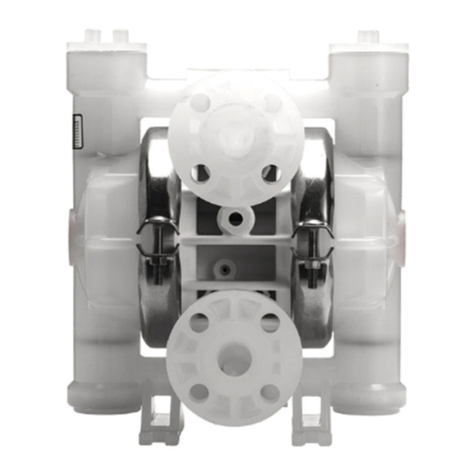
Wilden
Wilden Pro-Flo P2 Installation guide

Wilden
Wilden PS 8 Stallion Metal Instruction Manual

Wilden
Wilden EOM P200 Manual

Wilden
Wilden Original Series Instruction Manual
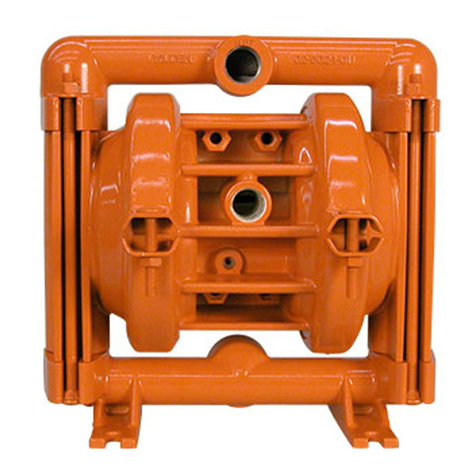
Wilden
Wilden P2 series User manual

Wilden
Wilden Saniflo PX8 Instruction Manual

Wilden
Wilden Saniflo PS8 Instruction Manual
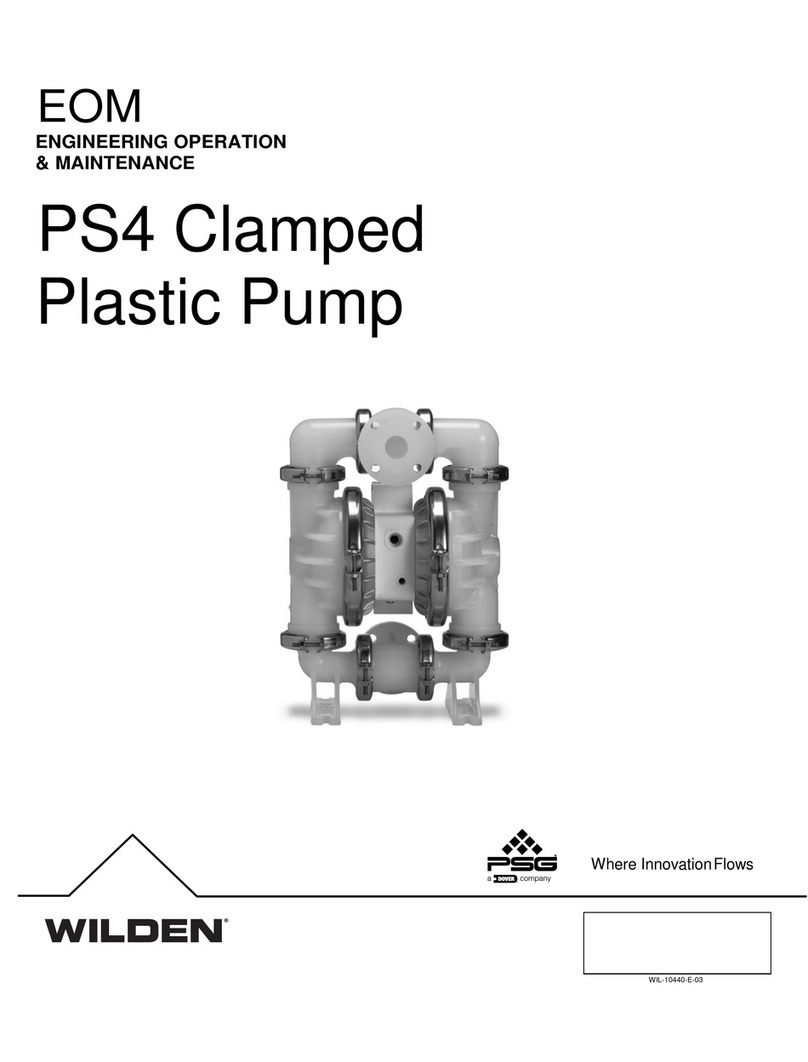
Wilden
Wilden PS 4 Stallion Metal Instruction Manual

Wilden
Wilden H220 Installation guide

Wilden
Wilden P25 Advanced Plastic Series User manual
Popular Water Pump manuals by other brands
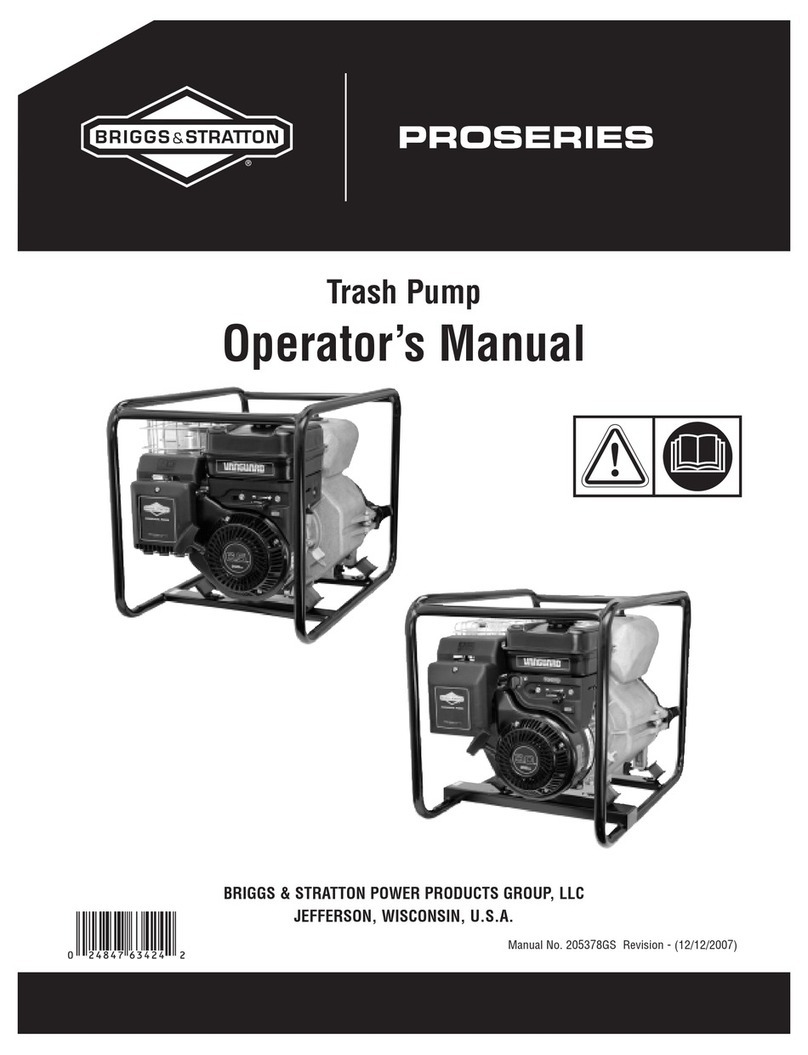
Briggs & Stratton
Briggs & Stratton PROSERIES 205378GS Operator's manual
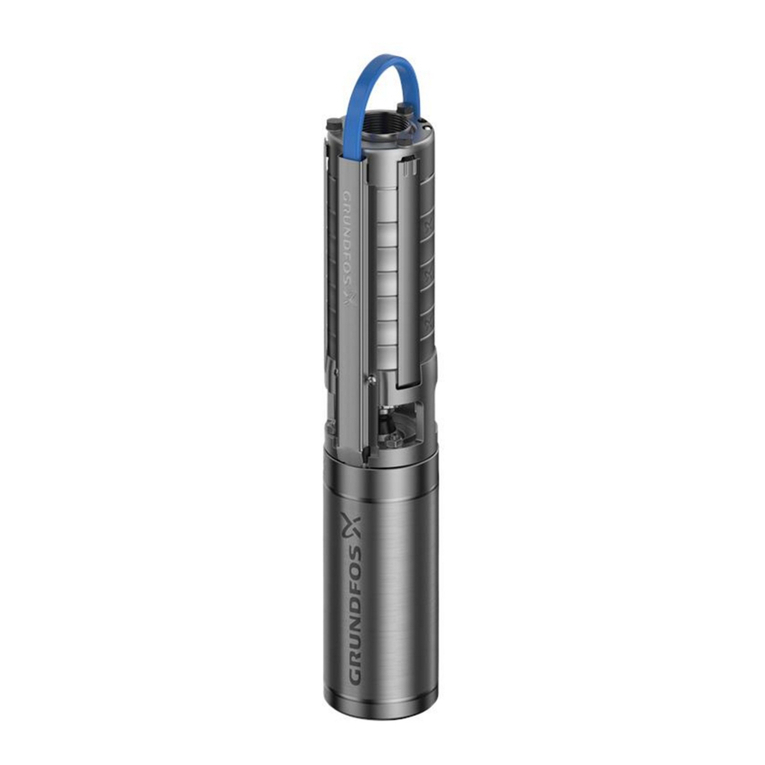
Grundfos
Grundfos SP Installation and operating instructions
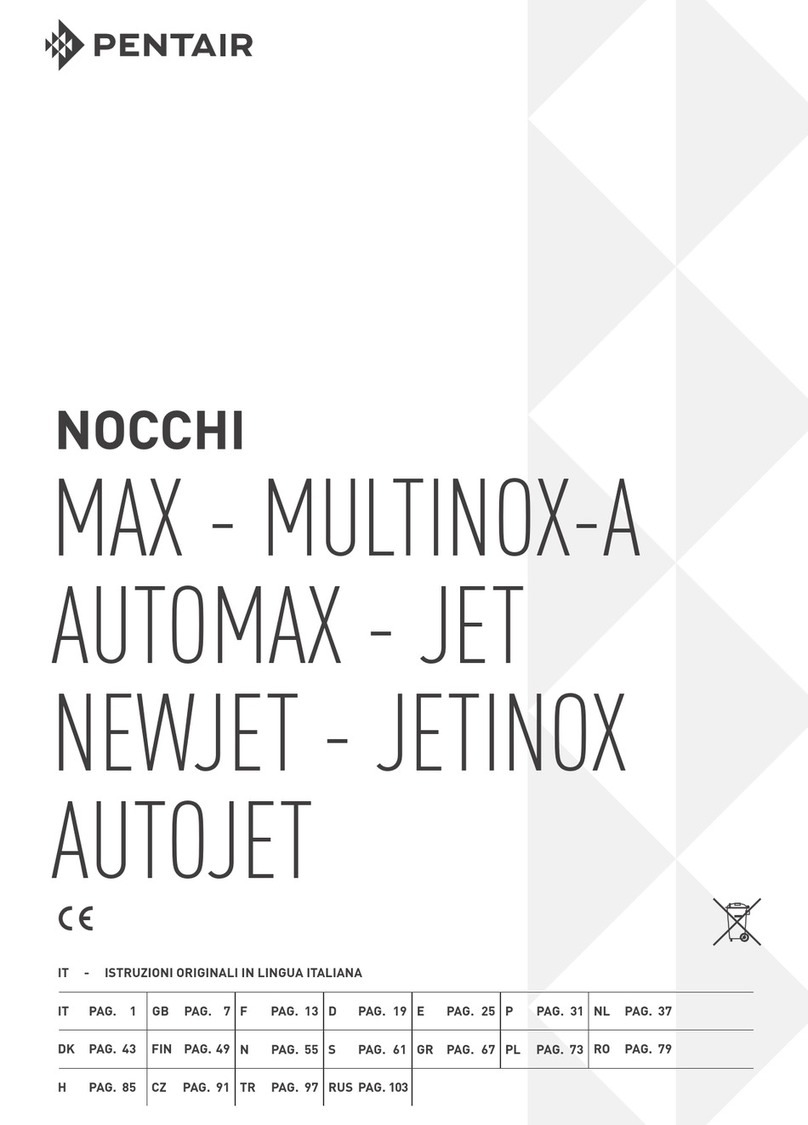
Pentair
Pentair MAX Series manual

BW SOLAR
BW SOLAR Waterboy installation manual
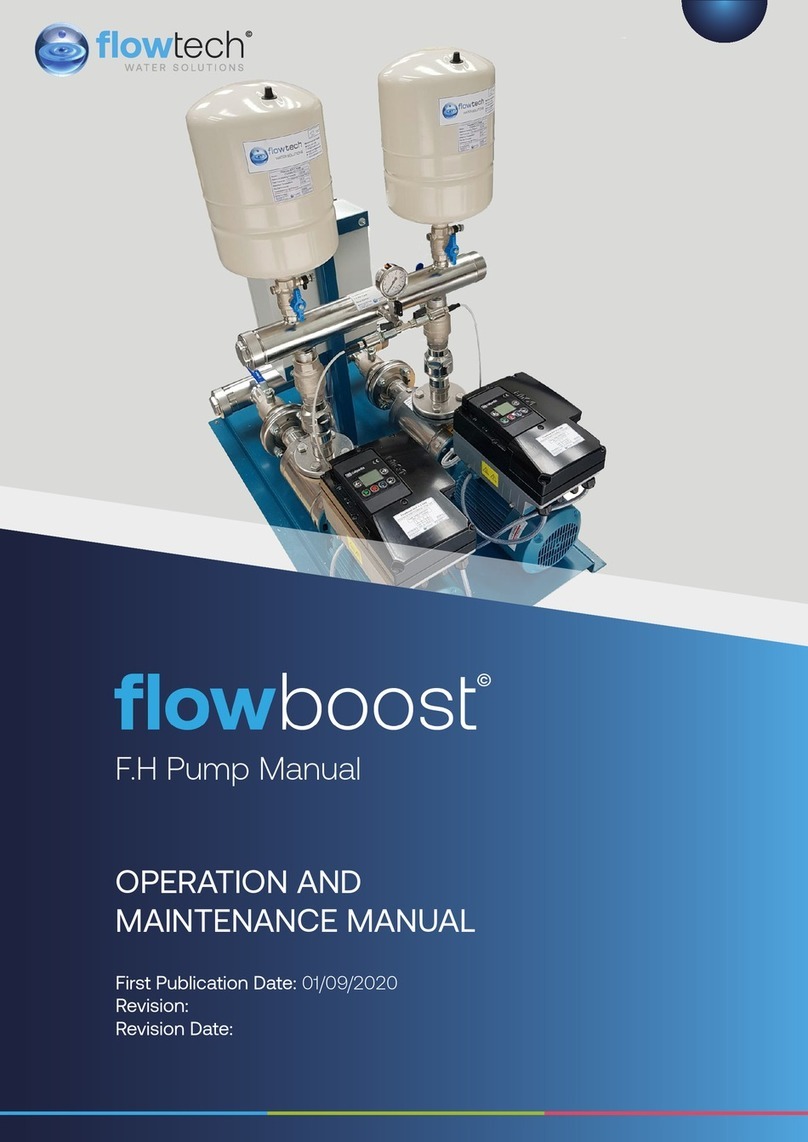
FLOWTECH
FLOWTECH flowboost F.H Operation and maintenance manual

Stanley
Stanley STAPB70 instruction manual
